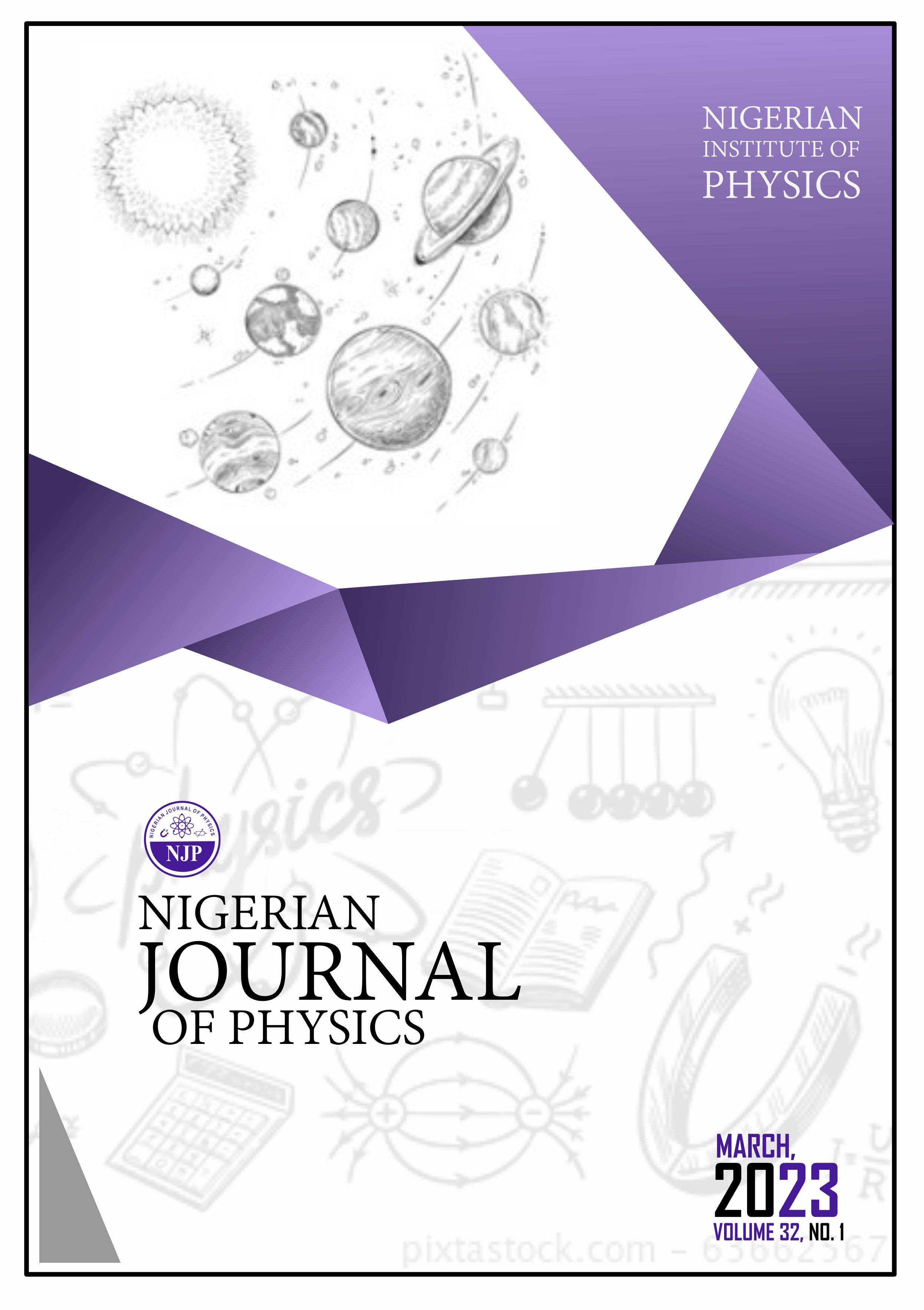Estimation of Reference Evapotranspiration of Ussa, Taraba State
Abstract
The determination of the reference evapotranspiration for Ussa local government area of Taraba state has been carried out. For effective irrigation management, plant water estimation, and irrigation system design in a semi-arid area, reference evapotranspiration assessment must be accurate. Due to the connection between climate change and water scarcity, research on evapotranspiration is also crucial and timely. The reference evapotranspiration for Ussa (latitude 7°10ʹ60N, longitude 10° 01 ʹ 60ʺE) was estimated and analyzed using the Hagreaves – Samani Model for the period of 11 years (2011-2021) to observe it trends and variation. Data for the research were collected from the National Aeronautics and Space Administration with the resolution of 0.5 x 0.625 lat-long. The results of this work show that the reference evapotranspiration is generally high from January (9.06 mm/day) to March (8.64 mm/day) and drops gently from April (7.89 mm/day) to August (4.77 mm/day) with a gradual rise from September (5.41 mm/day) to December (8.08 mm/day), which is consistent with the annual pattern of solar radiation intensity. This result is timely for farmers in this area to help in determining when to farm and irrigate their farms in order to maximize the use of available water for a bumper harvest
Published
How to Cite
Issue
Section
How to Cite
Most read articles by the same author(s)
- Moses Oluoke Omopekunola, Jacob Abel, Gabriel O. Oladipupo, Israel Udeh, Jeremiah J. John, An Assessment of Inter-Annual and Decadal Precipitable Water Vapour Variability and Trends Over North- East Nigeria (1991-2021) , Nigerian Journal of Physics: Vol. 32 No. 1 (2023): Nigerian Journal of Physics - Vol. 32 No. 1





